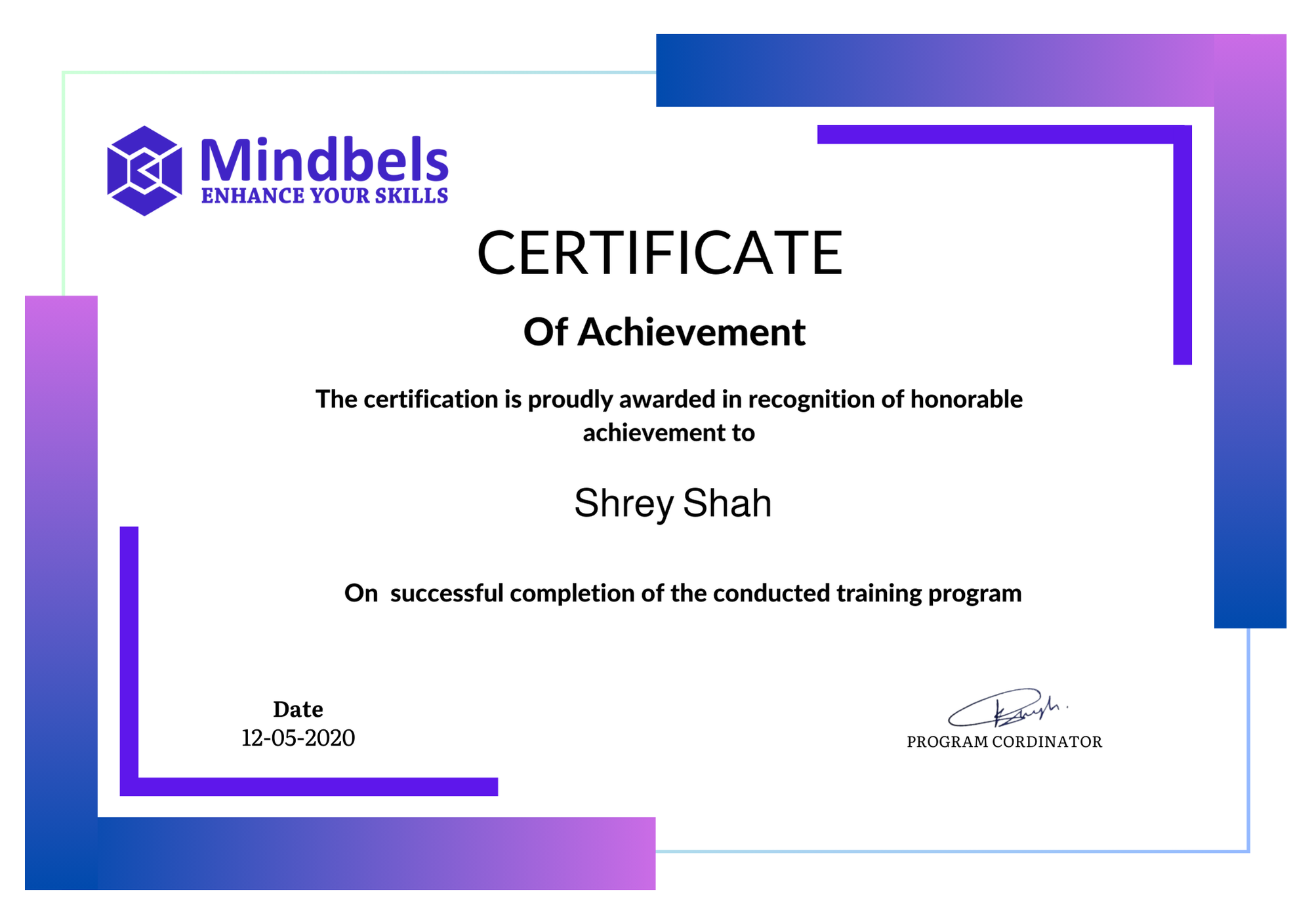Salesforce Service Cloud Training Overview
This training provides an in-depth understanding of how to configure and deploy Service Cloud solutions. Through live instruction, hands-on exercises, and real-world projects, learners gain experience with case workflows, service consoles, automation tools, and customer service analytics. This course is aligned with Salesforce’s Service Cloud Consultant certification and is ideal for both aspiring admins and support professionals.
Why Salesforce Service Cloud?
-
Service Cloud is used by thousands of companies for customer service excellence
-
Demand for certified Service Cloud professionals is growing globally
-
Enables omnichannel support, automation, and faster customer resolution
-
Salesforce certification boosts your credibility and job prospects
-
Critical tool for customer success, contact center, and support roles
What You Will Learn
-
Fundamentals of Salesforce Service Cloud architecture
-
Case management and lifecycle automation
-
Building and managing service processes
-
Knowledge base configuration and self-service portals
-
Omni-Channel routing and live chat setup
-
Service console optimization
-
Creating and analyzing service reports and dashboards
-
Integrating with CTI and third-party support tools
Prerequisites
-
Basic understanding of Salesforce administration
-
Familiarity with customer service or support processes
-
No coding knowledge required
Course Curriculum
• Overview of Service Cloud architecture and components
• Key features and benefits for customer support operations
• Primary use cases in different industries
• Role of Service Cloud in omnichannel support strategies
• Navigating the Service Cloud interface and setup
• Creating and managing cases manually and automatically
• Setting up case queues, assignment rules, and escalation rules
• Automating support processes using Workflow Rules and Process Builder
• Using Email-to-Case and Web-to-Case functionalities
• Best practices for case lifecycle management
• Customizing the Service Console layout for support agents
• Implementing macros for quick action execution
• Using Quick Text to streamline responses
• Integrating knowledge articles for case resolution
• Enhancing agent workflows with utility bar and screen flows
• Understanding entitlements and service contracts
• Setting up and managing entitlement processes
• Configuring milestone trackers for SLA compliance
• Using automation with entitlements and case resolution
• Monitoring and reporting on SLA performance
• Creating and publishing knowledge articles
• Organizing articles with data categories and visibility rules
• Linking knowledge with case resolution workflows
• Building service reports and dashboards
• Analyzing case trends, agent performance, and CSAT metrics



